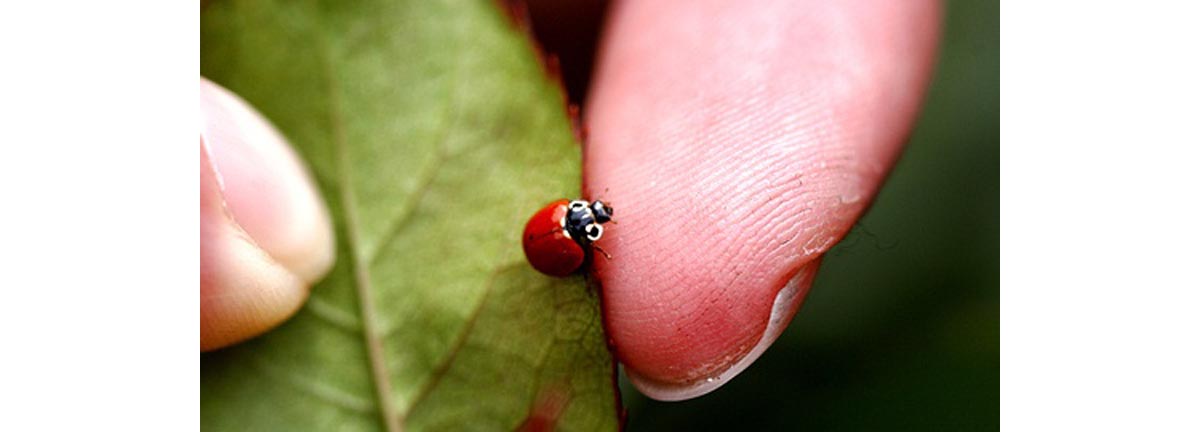Table of Contents
Prostate cancer is the commonest non-skin cancer affecting males and every year many men undergo blood tests to rule it out. Now, a new study suggests that the risk of prostate cancer in a man can be adjudged by simply observing his finger length ratios.
Experts say that in human beings, common genes HOXA and HOXD control the growth and pattern of digits as well as differentiation of gonads. That is why, the concentration of testosterone, indicating prenatal testicular activity influences the finger length ratio. A high level of testosterone is indicative of high prenatal testicular activity and it leads to increased length of ring finger compared to the length of the index finger.

According to a study by William et al in 2000, the finger morphology of the right hand is more sensitive to fetal androgen levels. Therefore, the finger ratio (2D : 4D) is greater in the right hand compared to the left hand. A high 2D : 4D finger length ratio is a marker of low androgenic activity in the prenatal phase. It indicates that the levels of hormones in utero play an important part in subsequent risk of prostate cancer.
Apart from the latest study which establishes a link between the length of index finger and the risk of prostate cancer, many other studies done in the past have also shown similar relationship between finger morphology and risk of developing other diseases. A shorter index finger compared to the ring finger has been associated with osteoarthritis. In females exposure to high levels of estrogen in the womb can lead to an increased risk of breast cancer and here too, the index finger is shorter than the ring finger.
There are many other studies which have highlighted the benefits of a long ring finger. A long ring finger has been associated with increased fertility in males (high levels of prenatal testosterone), less likelihood of developing heart disease and better success in examinations. A study conducted by the scientists from the Medical Research Council’s Epidemiology Resource Unit at Southampton University found that those men, whose ring finger is longer than the index finger, are more likely to be better sprinters.
According to a study published in the journal Medical Hypotheses, the ratio between the lengths of the index finger and the ring finger is fixed inside the womb and does not change subsequently. The ratio is lower in men as compared to women, is negatively correlated to levels of testosterone and the total sperm count, and is positively correlated to the levels of estrogen. A high 2D : 4D ratio in the right hand in males has been related to conditions like azoospermia and oligospermia with decreased motility of the sperms.
High level of testosterone in both father and mother at the time of conception is related to increased sex ratio (more male off springs). So one can infer that low values of 2D : 4D may lead to a high sex ratio.
As prenatal levels of testosterone and estrogen have been associated with the development of conditions like infertility, autism, stammering, dyslexia, migraine, myocardial ischemia, diseases related to the immune system, and breast cancer, experts suggest that the ratio of lengths of the index and ring fingers may be used to diagnose these conditions. It may also help to introduce early lifestyle changes which may delay the onset of these conditions and help in improving the prognosis.
Although it is difficult to predict how many men with a shorter index finger will subsequently develop prostate cancer, the finger pattern can be used along with family history/ genetic testing to select men at high risk for screening for prostate cancer.
- “Hand pattern indicates prostate cancer risk”, by A. A. Rahman et al, published in the 2011 issue of the British Journal of Cancer, accessed on August 14, 2012.
- “How the Length of Your Fingers Can Predict Cancer”, published in the July 21, 2012 issue of Bel Marra Health, accessed on August 14, 2012.
- “The ratio of 2nd to 4th digit length: A new predictor of disease predisposition?” by Manning et al, published in May 2000 issue of the journal Medical Hypotheses, accessed on August 14, 2012.
- Photo courtesy of marazmova on Flickr: www.flickr.com/photos/marazmova/3277170682
- Photo courtesy of seandreilinger on Flickr: www.flickr.com/photos/seandreilinger/606787533
- Photo courtesy of Enrico Matteucci ☸ via Flickr: www.flickr.com/photos/enricomatteucci/5238669547

